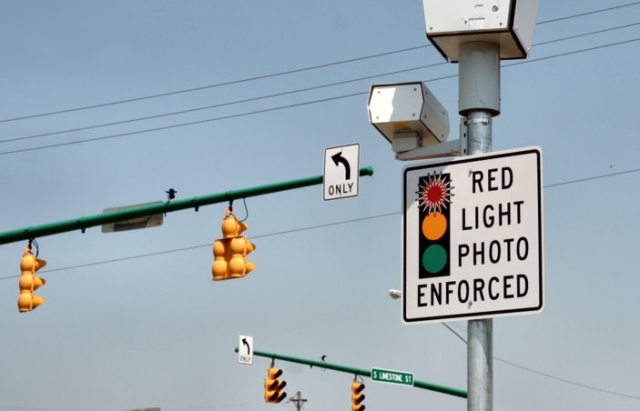Red light cameras have been around for some time now, but that has done little to quell the debate over their worth and their intent. The arguments of opponents appear to have taken a hit as the results of a new study by the Insurance Institute for Highway Safety (IIHS) were released this week.
IIHS is an independent, nonprofit, scientific and educational organization dedicated to reducing the losses from crashes on the nation’s roads. Funded by the insurance industry, the organization conducts independent research and analysis into human, vehicle and environmental factors that contribute to losses resulting from the operation of vehicles in this country.
 The organization recently looked at crash and fatality data from 99 US cities with populations over 200,000, comparing those with red light camera programs to those without.
The organization recently looked at crash and fatality data from 99 US cities with populations over 200,000, comparing those with red light camera programs to those without.
The researchers found that in the 14 cities that had cameras during 2004-08, the rate of fatal red light crashes fell by 35 percent, compared with 1992-96, when those cities id not have the cameras. Of interest, the rate also fell in the 48 cities without camera programs in either period, but only by 14 percent.
The researchers concluded that 74 fewer fatal red light running crashes occurred in the 14 cities or, given the average number of fatalities per red light running crash, approximately 83 lives saved.
Data showed that red light cameras not only reduce fatal red light running crashes, but other types of fatal intersection crashes as well. Based on their calculations, if red light cameras had been in place for all 5 years (2004 – 2008) in all 99 US cities with populations over 200,000, a total of 815 deaths would have been avoided.
Nearly two-thirds of the deaths were people other than the red light running drivers — occupants of other vehicles, passengers in the red light runners’ vehicles, bicyclists or pedestrians.

















